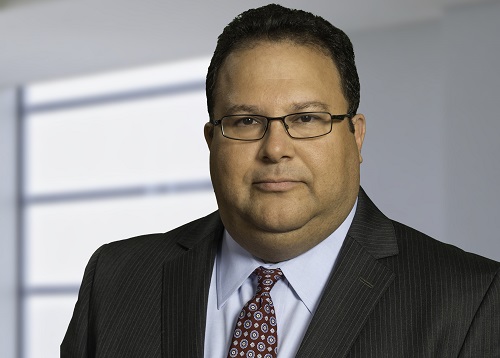By Ian Shapiro
After the initial impacts of the coronavirus pandemic on the healthcare industry’s job market and hospital occupancy rates, there began to be signs of recovery. Nursing jobs that were cut during the pandemic returned and occupancy rates leveled off. But when it comes to healthcare and real estate, continued labor challenges and rising inflation and interest rates are now creating financial challenges. While these factors continue to challenge the industry, they also contain opportunities. Let’s take a look at how the market has changed and what could lie ahead.
Responding to the industry’s current challenges
With the Federal Reserve’s attempts to rein in inflation by increasing short-term interest rates, borrowing costs for investing in real estate across industries have become more expensive. Even when investors aren’t priced out, many lessees have been able to leverage the lack of demand to avoid triple net leases and opt for contracts that are less beneficial to landlords.
Furthermore, many healthcare facilities, such as hospitals, face nursing labor shortages and employee burnout. From January 2020 to February 2022, 1.5 million healthcare workers left the industry, according to the Department of Health and Human Services. While a portion of those jobs have since been refilled, stressful work environments have resulted in high levels of burnout among nursing staff, contributing to even more resignations. Competition for nurses has led to high labor and recruiting costs for many healthcare sectors but particularly for long-term healthcare facilities, putting pressure on healthcare companies’ financials.
To combat high labor costs, some healthcare providers are looking to locate outside of traditional healthcare real estate sites. Some are looking to retail-like clinics, often referred to as medtail, and ambulatory surgical centers (ASCs) rather than the large, hospital-anchored medical campuses that have historically dominated healthcare real estate and which focus on accessibility.
The higher supply of properties that can accommodate medtail and ASCs means lower rent prices are achievable. Furthermore, employing demographic and other data to understand the patient composition of the market means physicians can determine where to buy and what services may be needed. Medtail spaces can also provide tailored services for their patients, bring clinics with services that are in demand to communities that need them and make those services more accessible.
Going forward
Real estate investors have been quick to identify pitfalls to avoid throughout the current inflationary environment, but smart investors have looked past challenges to the opportunities emerging from the changing healthcare real estate landscape. For example, as baby boomers age, investing in healthcare real estate investment trusts (REITs) will become increasingly profitable given REITs own more than 2,500 senior housing properties, including both assisted living and independent living communities, according to NAREIT data. Investors have also capitalized on tremendous growth in lab spaces over the past several years; life sciences real estate investment reached $21.4 billion in 2021, an 111% increase from 2018, according to NAREIT.
Private equity groups and institutional investors are also zeroing in on healthcare real estate opportunities: About $25 billion will be invested into healthcare real estate, a steep increase from last year’s $16 billion, according to a CBRE report. Growth within the medical office real estate space, for example, is expected to continue despite medical office transactions falling year over year this past summer, according to Brown Gibbons Lang & Co. Interest and investment in medical office real estate is projected to rise, particularly in medical office buildings and ASCs.
Additionally, the rise in medtail and ASCs has helped investors find tenants that are well-funded and sign longer leases, making them safer investments. Those opportunities are likely to grow, as medtail and ASC markets rise. The U.S. retail clinics market is projected to grow by $2.2 billion by 2029, with the ASC market growing by $21.9 billion by 2028, according to Fortune Business Insights. This, coupled with healthcare’s generally recession-resistant asset class, could make ASCs and medtail attractive investments for years to come.
Finding opportunity in adversity
The nature of healthcare real estate investment has been changed by the pandemic, labor shortage and inflationary environment, but where there is change, there is opportunity for investment. By looking at the challenges the industry is facing and the solutions emerging to combat them, creative investors can find opportunities to not just weather the industry’s challenges but thrive through them.
Curious about what opportunities lie ahead for real estate investment? Visit our website at www.bdo.com/industries/real-estate-construction/overview to learn more.
Ian Shapiro, BDO Real Estate & Construction Co-Leader, can be reached at ishapiro@bdo.com or (305) 420-8052.
Contact:
Alfredo Cepero, Managing Partner
(305) 420-8006 / acepero@bdo.com
Angelo Pirozzi, Partner
(646) 520-2870 / apirozzi@bdo.com



























